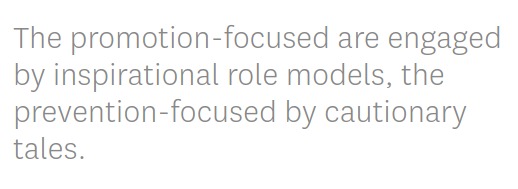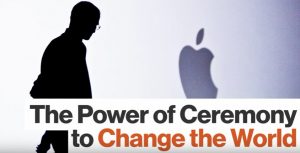Insurance giant Swiss Re, one of Europe’s biggest, plans to move its entire $130 billion investment portfolio to new benchmarks based on MSCI’s environmental, social and governance (or ESG) indices.
Offiziersmesser FinancingWhy This Matters
Institutional investors are increasingly looking at how companies perform on environmental, social and governance-related issues, given the potential for poor behavior to lead to a share price hit.
Both Swiss Re’s heft and the size of the portfolio it is benchmarking to ESG is big news – it is certain to be a bellwether for industry, not only in Europe but elsewhere.
Swiss Re’s decision follows moves by peers to weave ESG into their own investment processes. For example AXA , France’s largest insurer, last year said it would stop investing in tobacco and divest all of its 1.8 billion euros ($2 billion) of assets in the industry.
Head of the Line
Swiss Re says it is the first insurer to base its entire portfolio on ESG. Guido Fürer, its chief investment officer, says that in future both internal and external managers of its money will be told to use MSCI’s ESG indices, rather than more traditional benchmarks.
“It is very delicate to exclude whole sectors, keeping diversification in mind. The ultimate point is to put incentives to companies to become more sustainable over time,” added Swiss Re’s Fürer.
Sources: Financial Times, Business Insider, Swiss RE press release





















